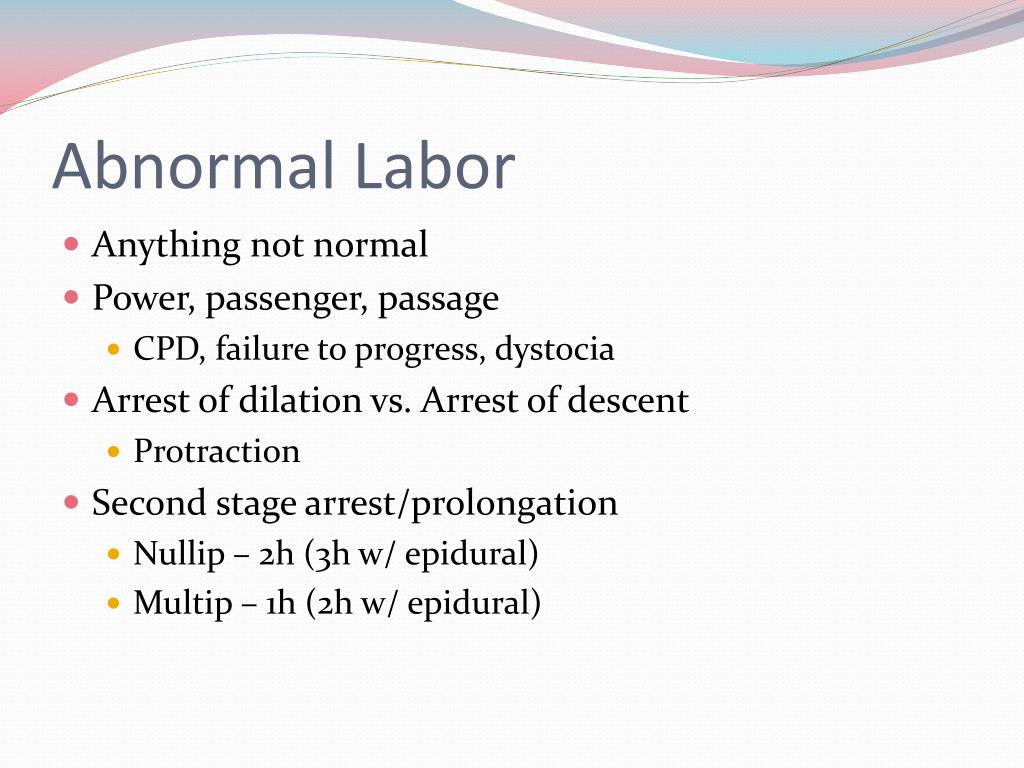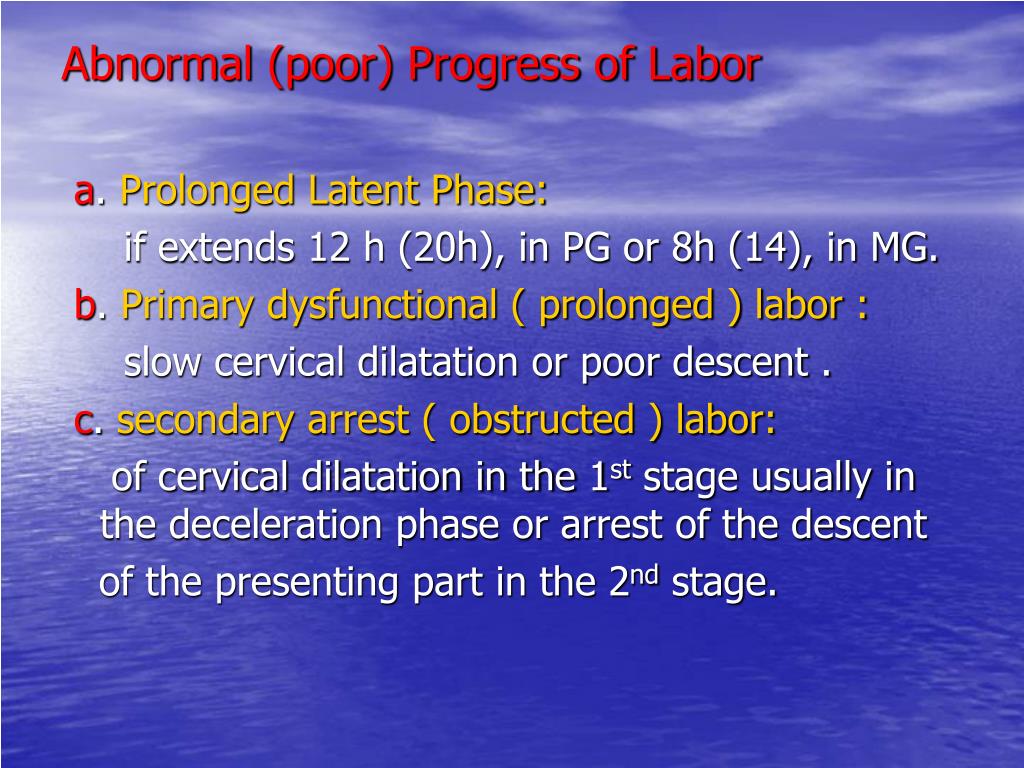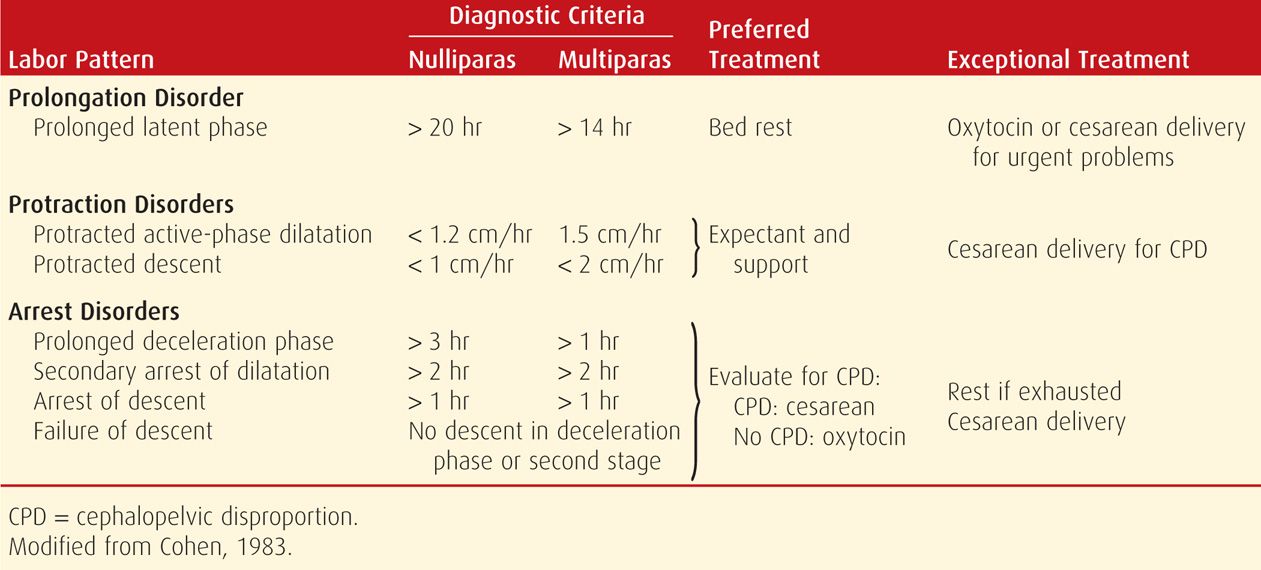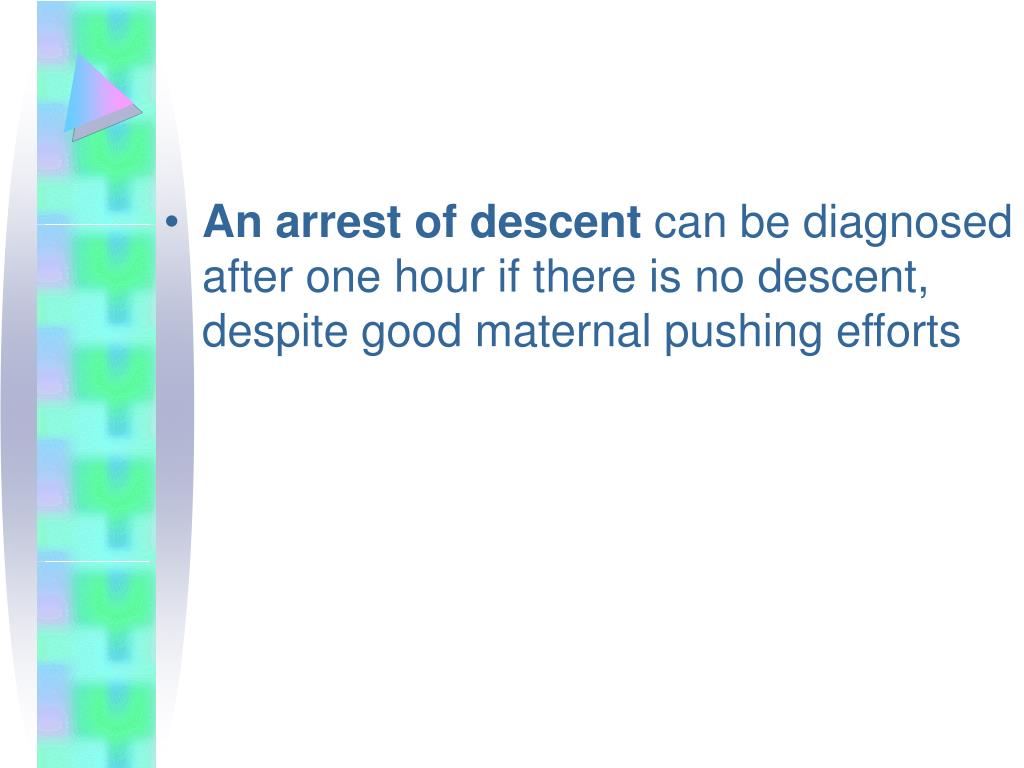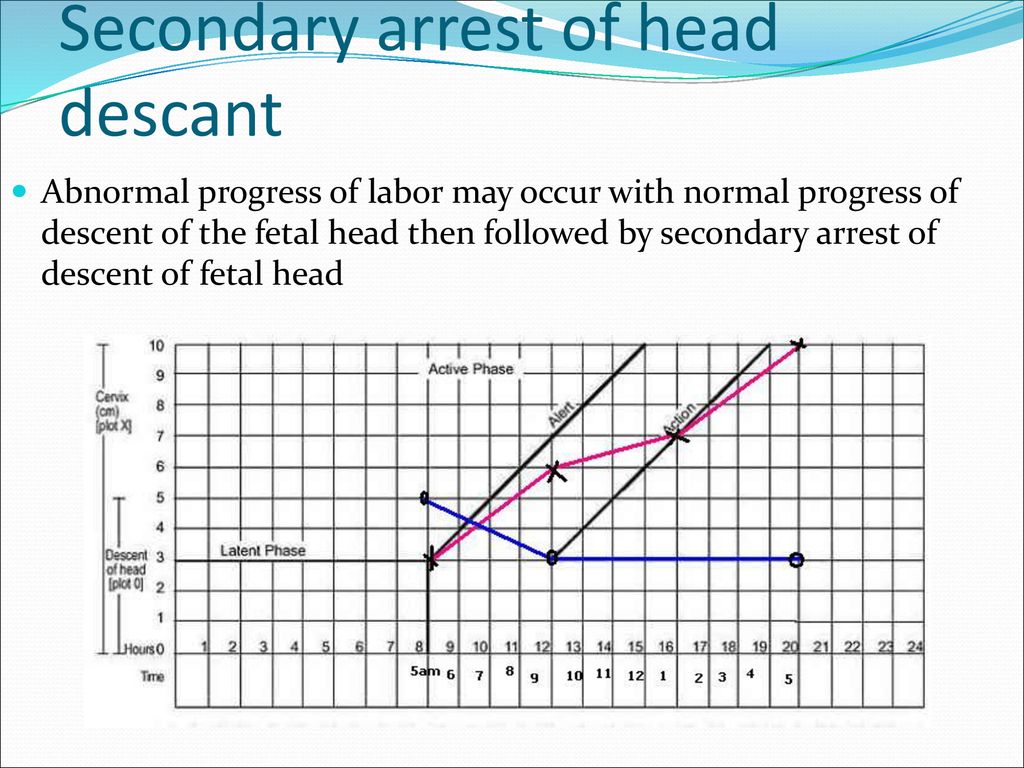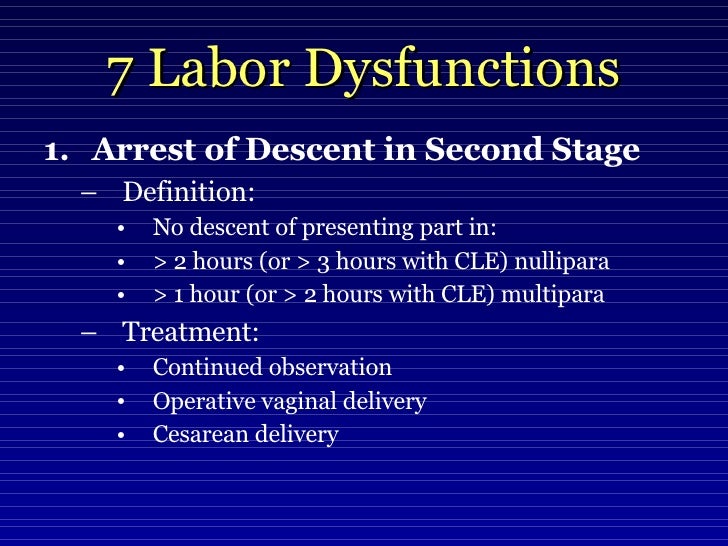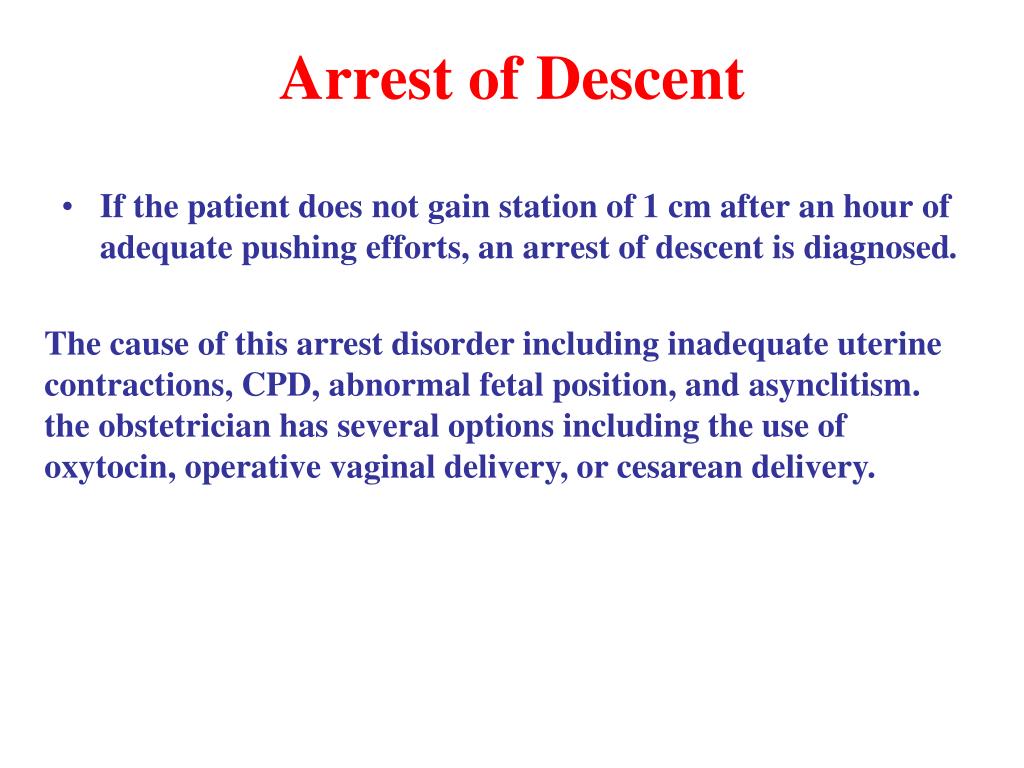Arrest Of Descent
Arrest Of Descent - Identify the signs and symptoms of abnormal labor, such as protracted, prolonged, or arrested labor. Labor is defined as regular and painful uterine contractions that cause progressive dilation and effacement of the. This web page explains the causes and types of abnormal labor (dystocia) and how to diagnose and manage them. Learn about the causes, diagnosis, and treatment of protracted or arrested labor, which is abnormally slow cervical dilation or fetal. It does not mention the term. Arrest in the second stage can be identified earlier if there is lack of fetal rotation or descent despite adequate contractions, pushing.
Arrest in the second stage can be identified earlier if there is lack of fetal rotation or descent despite adequate contractions, pushing. It does not mention the term. This web page explains the causes and types of abnormal labor (dystocia) and how to diagnose and manage them. Identify the signs and symptoms of abnormal labor, such as protracted, prolonged, or arrested labor. Learn about the causes, diagnosis, and treatment of protracted or arrested labor, which is abnormally slow cervical dilation or fetal. Labor is defined as regular and painful uterine contractions that cause progressive dilation and effacement of the.
Learn about the causes, diagnosis, and treatment of protracted or arrested labor, which is abnormally slow cervical dilation or fetal. Arrest in the second stage can be identified earlier if there is lack of fetal rotation or descent despite adequate contractions, pushing. Labor is defined as regular and painful uterine contractions that cause progressive dilation and effacement of the. This web page explains the causes and types of abnormal labor (dystocia) and how to diagnose and manage them. Identify the signs and symptoms of abnormal labor, such as protracted, prolonged, or arrested labor. It does not mention the term.
PPT Normal and Abnormal Labor PowerPoint Presentation, free download
This web page explains the causes and types of abnormal labor (dystocia) and how to diagnose and manage them. Arrest in the second stage can be identified earlier if there is lack of fetal rotation or descent despite adequate contractions, pushing. It does not mention the term. Learn about the causes, diagnosis, and treatment of protracted or arrested labor, which.
PPT Partograph PowerPoint Presentation, free download ID9372893
It does not mention the term. This web page explains the causes and types of abnormal labor (dystocia) and how to diagnose and manage them. Labor is defined as regular and painful uterine contractions that cause progressive dilation and effacement of the. Arrest in the second stage can be identified earlier if there is lack of fetal rotation or descent.
Cesarean Section Basics for FP Matthew Snyder DO
It does not mention the term. Identify the signs and symptoms of abnormal labor, such as protracted, prolonged, or arrested labor. Labor is defined as regular and painful uterine contractions that cause progressive dilation and effacement of the. This web page explains the causes and types of abnormal labor (dystocia) and how to diagnose and manage them. Learn about the.
PPT Intrapartum Fetal Monitoring PowerPoint Presentation, free
This web page explains the causes and types of abnormal labor (dystocia) and how to diagnose and manage them. Arrest in the second stage can be identified earlier if there is lack of fetal rotation or descent despite adequate contractions, pushing. Identify the signs and symptoms of abnormal labor, such as protracted, prolonged, or arrested labor. Labor is defined as.
Abnormal Labor Obgyn Key
It does not mention the term. Learn about the causes, diagnosis, and treatment of protracted or arrested labor, which is abnormally slow cervical dilation or fetal. Arrest in the second stage can be identified earlier if there is lack of fetal rotation or descent despite adequate contractions, pushing. This web page explains the causes and types of abnormal labor (dystocia).
PPT Diagnosis and mangement of abnormal labour PowerPoint
It does not mention the term. This web page explains the causes and types of abnormal labor (dystocia) and how to diagnose and manage them. Labor is defined as regular and painful uterine contractions that cause progressive dilation and effacement of the. Identify the signs and symptoms of abnormal labor, such as protracted, prolonged, or arrested labor. Arrest in the.
Partograph Dr Ban Hadi F.I.C.O.G ppt download
It does not mention the term. Identify the signs and symptoms of abnormal labor, such as protracted, prolonged, or arrested labor. Arrest in the second stage can be identified earlier if there is lack of fetal rotation or descent despite adequate contractions, pushing. This web page explains the causes and types of abnormal labor (dystocia) and how to diagnose and.
Intrapartum Care and Abnormal Labor
Identify the signs and symptoms of abnormal labor, such as protracted, prolonged, or arrested labor. Learn about the causes, diagnosis, and treatment of protracted or arrested labor, which is abnormally slow cervical dilation or fetal. This web page explains the causes and types of abnormal labor (dystocia) and how to diagnose and manage them. Arrest in the second stage can.
PPT Complications of labor PowerPoint Presentation, free download
Learn about the causes, diagnosis, and treatment of protracted or arrested labor, which is abnormally slow cervical dilation or fetal. It does not mention the term. Identify the signs and symptoms of abnormal labor, such as protracted, prolonged, or arrested labor. This web page explains the causes and types of abnormal labor (dystocia) and how to diagnose and manage them..
PPT Partograph PowerPoint Presentation, free download ID9372893
Labor is defined as regular and painful uterine contractions that cause progressive dilation and effacement of the. Arrest in the second stage can be identified earlier if there is lack of fetal rotation or descent despite adequate contractions, pushing. It does not mention the term. This web page explains the causes and types of abnormal labor (dystocia) and how to.
Arrest In The Second Stage Can Be Identified Earlier If There Is Lack Of Fetal Rotation Or Descent Despite Adequate Contractions, Pushing.
Labor is defined as regular and painful uterine contractions that cause progressive dilation and effacement of the. This web page explains the causes and types of abnormal labor (dystocia) and how to diagnose and manage them. Learn about the causes, diagnosis, and treatment of protracted or arrested labor, which is abnormally slow cervical dilation or fetal. Identify the signs and symptoms of abnormal labor, such as protracted, prolonged, or arrested labor.
